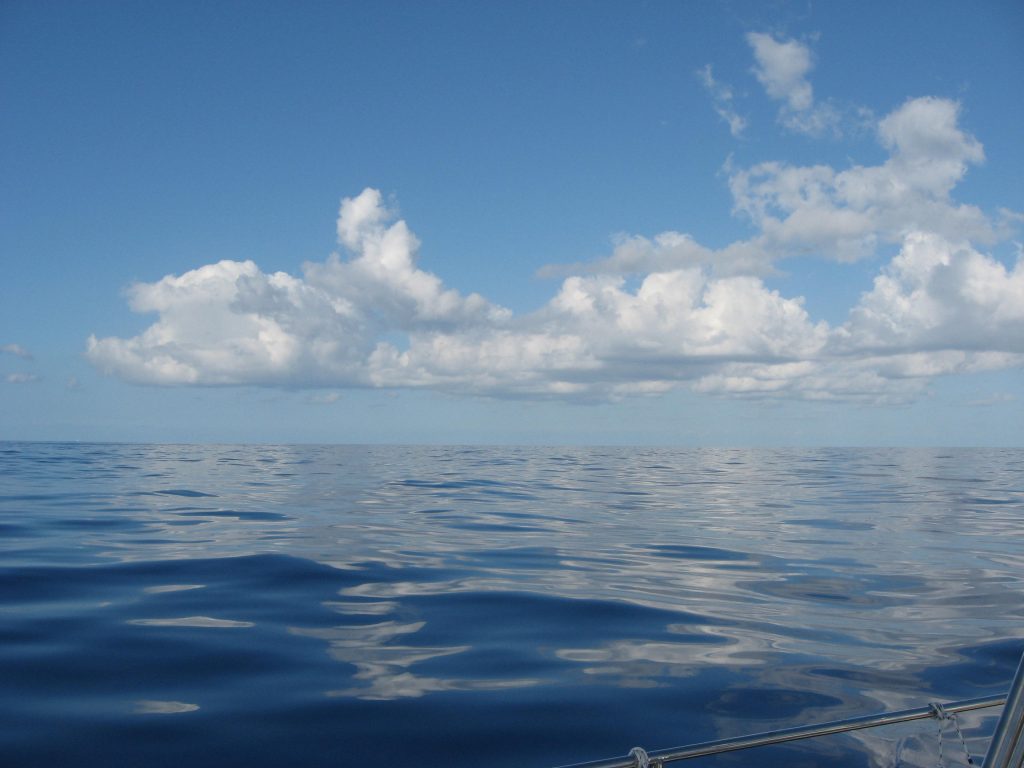Tanks or hoses rupture. Water makers cease functioning. It happens, and sometimes you’re days from port.
For years while on long distance passages, others on the crew and I discussed a wide range of “what if scenarios” while sitting on the rail. Some had a basis in our respective pasts. Others were merely hypothetical. All provided us with some insights and options if and when we were ever faced with similar problems. Finding ourselves suddenly out of fresh water, days or weeks from port is merely one of many situations we’ve considered, faced and overcome.
Generally, I figure that while offshore, we require a minimum of one gallon of fresh water per person per day. That will suffice as a minimum and take care of drinking – including coffee or tea – and cooking. Many boats today have water makers, and when figuring how much emergency water to bring, a rough estimate might be half of that amount, depending on the route, length of passage and reliability of the equipment. If I’m coastal cruising and there are plenty of ports into which I can stop in an emergency, I may reduce my emergency water rations somewhat. In all cases, however, I plan ahead and bring extra water. Life can depend on it.
Things don’t always go as planned, however, and on occasion problems appear in cascading clusters. On one occasion we were three days into a transatlantic crossing and the water tanks had been back-siphoned by a newly – and incorrectly – installed freshwater head. We had emergency water for about half of the trip. Prepackaged juice, milk and other drinks helped with about a quarter of the trip. Draining the water heater provided a bit more, and planning a stop in the Azores to resupply could make up the difference with a small amount to spare.
“Cutting it close” isn’t my preferred methodology when it comes to long distance passage-making. However, on one ‘round the world race in which I competed years ago, we had developed a leak in one of our fresh water tanks. As we were about to enter the doldrums on the way to South Africa we noticed the shortage. We cut our drinks ration to 6 cups per day, and the cook diluted the cooking water to 5 parts of fresh water and 1 part of sea water. That would provide us with enough water to get us to Cape Town. As luck would have it, during one particularly heavy downpour we were able to collect rain water in the foot of the reefed main and put that water in storage containers. After the initial burst of rain, the salt on the main had mostly been washed away, and the Dura-Seam coating on the sail’s seams provided the sole “flavor enhancer” to the salvaged water. It wasn’t a perfect solution, but it would help reduce the water needed for cooking.
Years ago, I was told that people who cruise or race long distances learn to fix things, or they learn to do without them. Some people have been known to sew hose fittings into the foot of their mainsails and keep a hose long enough to run from the foot of the main to the water tank fill cap. One way or another it can be fixed, modified or jury-rigged, but one way or another, you should have a plan.
What would you do? Email us at george@bwsailing.com

















